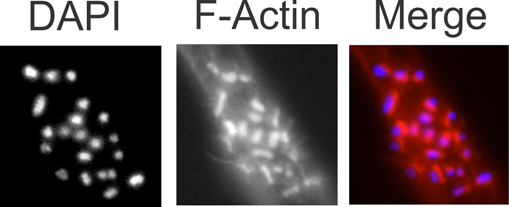Academic Background
B.Sc.(Hons.), 1965, PhD, Otago, New Zealand, 1968
American Cancer Society Faculty Research Award, 1976-1981
Visiting Professor, University of Sussex, UK 1980-1981
Erskine Fellow, University of Canterbury, NZ 1991
Visiting Professor, University of Goettingen, Germany 1996-1997
Visiting Professor, Centre de Génétique Moléculaire, CNRS, Gif-sur-Yvette 2006

Biology of Enterohemorrhagic Escherichia coli O157:H7 and Enterovirus 933W.
Enterohemorrhagic Escherichia coli (EHEC) serotype O157:H7 is among the leading causes of food- and water-borne illnesses affecting humans in the U.S., Europe, and Japan. Although most EHEC infections resolve spontaneously after 5-10 days of abdominal cramping and bloody diarrhea, approximately 2-7% of cases progress to the potentially fatal hemolytic uremic syndrome due, in part, to the production of cytotoxic Shiga toxins which are capable of promoting kidney failure.
We found that resistance to certain antibiotics in E. coli O157:H7 occurs at a higher frequency than in E. coli K-12. The mutation responsible is in the mar (multiple antibiotic resistance) genes. The molecular basis for the higher mutation rate in these genes is still unknown.
In EHEC strain EDL933, the genes (stx2AB) encoding Shiga toxin are located on prophage 933W in the late region between genes Q and S and are transcribed with the late region genes from promoter PR’. Previous work showed that the ends of the genome in a free phage population could not be sequenced suggesting that they are terminally redundant. If so, then 933W should be able to carry out transduction of host genes from one bacterium to another. We showed that, indeed, this is the case thereby providing another way to transfer genetic material among EHEC strains.Current work includes using 933W as an indicator of SOS induction.

Formation of F-actin in HeLa cells by Escherichia coli 0157:H7. A HeLa cell infected with dam mutant bacteria of E. coli 0157:H7 is shown stained with DAPI (bacteria), filamentous actin stain (pedestals) and a merged image.
Owing to circumstances beyond my control, bacterial strains and plasmids are no longer available. Please contact the E. coli Genetic Stock Center which may be able to help you with bacterial strains. Addgene may be able to provide plasmids.
 Microarray results show that global gene expression in a seqA mutant strain (left panel) is the same as that in a wildtype strain overproducing the Dam methyltransferase (center panel) but that neither is similar to that for the dam mutant (right panel).
Microarray results show that global gene expression in a seqA mutant strain (left panel) is the same as that in a wildtype strain overproducing the Dam methyltransferase (center panel) but that neither is similar to that for the dam mutant (right panel).